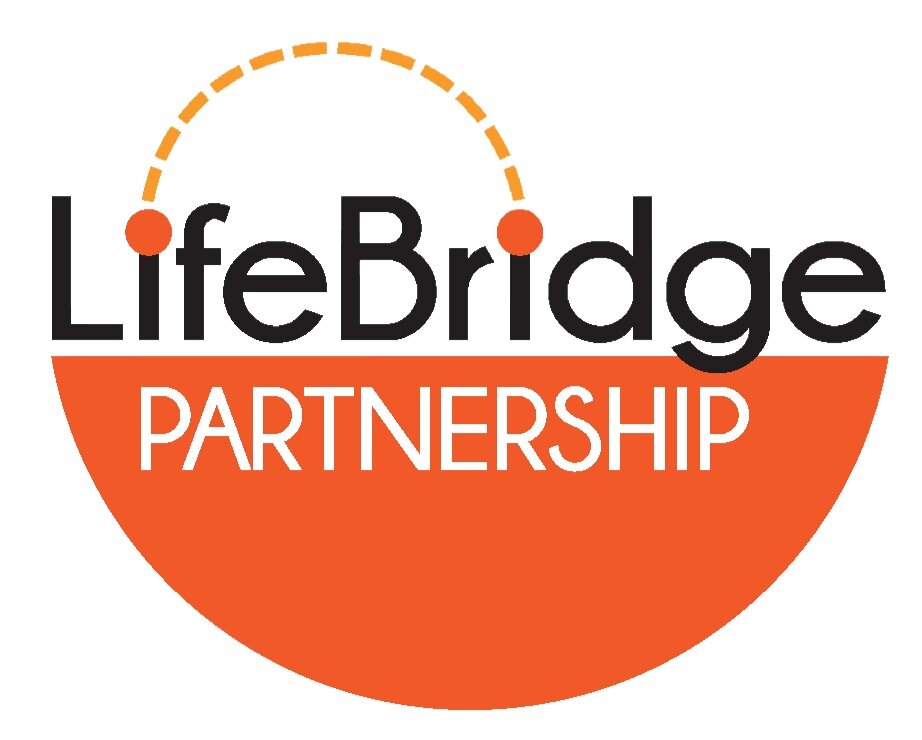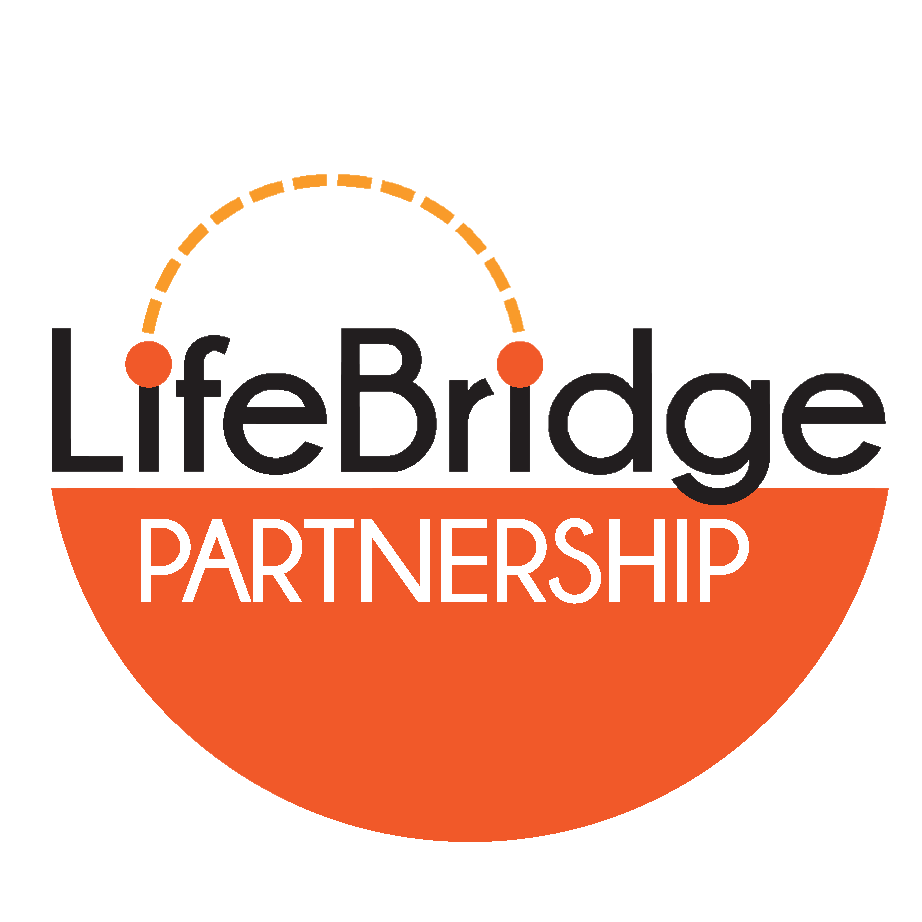Innovation Born From Inclusion: How Disability-Driven Design Shapes Our Everyday Lives
Many of the “everyday” conveniences we now take for granted were originally developed to make life more accessible for people with disabilities. What began as solutions to unique challenges have evolved into universal tools—helping all of us live, work, and connect more easily.
Take text messaging, for example. Long before it became the way we check in with friends or confirm a grocery list, SMS technology was used by the Deaf community to communicate more effectively without relying on voice calls. Similarly, closed captions—essential for those with hearing impairments—now benefit anyone catching the news in a noisy airport or following along with a muted video in a waiting room.
Consider the electric toothbrush. It wasn’t just invented for convenience—it was originally designed for people with limited mobility who couldn’t manage the fine motor skills required for manual brushing. Now, electric toothbrushes are a standard household item, praised by dentists and busy parents alike.
The same is true for speech-to-text software. What began as an accessibility tool for people with physical disabilities or limited hand function has become a productivity staple, letting students dictate essays, professionals draft emails on the go, and drivers compose messages hands-free.
Even something as simple as curb cuts—those small ramps where sidewalks meet the street—were fought for by wheelchair users advocating for greater independence. Today, they help parents with strollers, travelers with rolling luggage, delivery workers, and bicyclists.
And let’s not forget audiobooks. First created in the 1930s to provide literature to people who were blind or had low vision, audiobooks now fuel commutes, workouts, and bedtime routines for millions of readers who love to “read with their ears.”
These innovations remind us that designing with inclusion in mind doesn’t just benefit a few—it enriches life for everyone. The tools and conveniences born from accessibility thinking ripple outward, shaping a world that’s easier to navigate, safer, and more connected for all of us.
Next time you text a friend, glide over a curb cut, or listen to a chapter of a book on the go, you’re experiencing the legacy of disability-driven innovation. It’s proof that when we remove barriers for some, we open doors for all.
Karen Schuster, CEO

